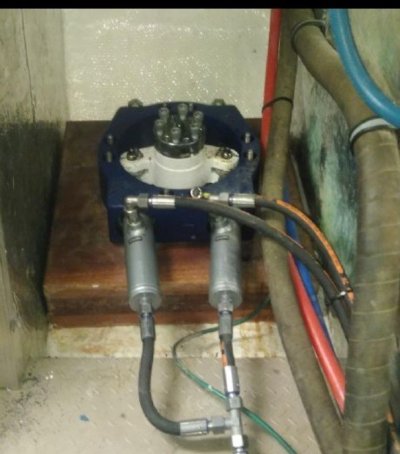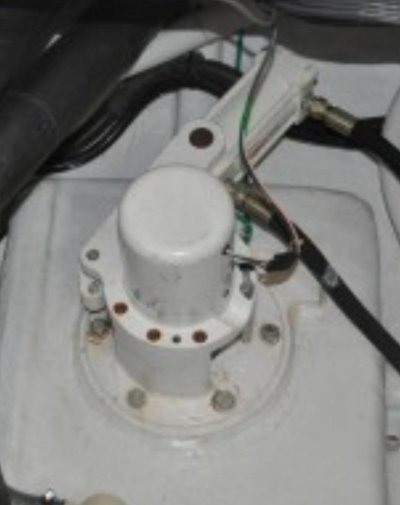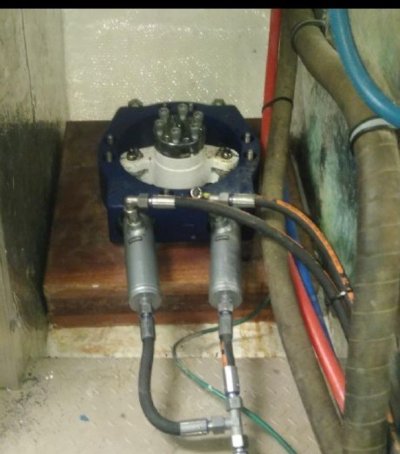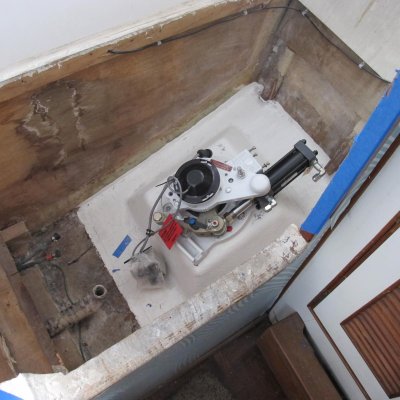Sorry for digression, but could you hum a few bars about bow lines and med mooring?
I thought bow lines were being tied off to an underwater mooring point underwater, ahead of where the bow ends up. Similar to using your anchor/rode at the bow. No?
-Chris
Hi Chris,
In most parts of the Med you have to go stern to, squeezing yourself in between other boats or, if the port is not full, you take any spot available.
There are basically two ways. The first one means you use your own anchor, drop it at a good distance (appr 50 mtr) from where your bow will end up and then you roll out the chain as you go backwards. Once you get the stern lines on you move the boat forward for a couple of meters, tighten up the anchor and then move those same meters backwards again. That way your anchor will be tight and you will not move further backwards, even at higher wind speeds.
The other way is to use the bowline that is lying underwater. Ports and marinas drop large blocks of concrete in the water, attach a lot of short chains and long sturdy lines to them. A smaller guideline is then attached to the sturdy line and that smaller line will be attached to a ring on the shore. So when you come in stern to, you throw your stern lines to the guys who come out to help you and in return they will hand you the guideline of the bowline.
The idea is then that you walk that guideline to the bow of your ship, pull up the thicker bow line and then repeat the same as you would do with your anchor. So you get the bow line across a cleat, move the boat 2 meters forward, really tighten up that bow line and then move the boat backwards again until you have the desired distance to the shore.
Mooring sideways is only possible when the marina is empty and when you get permission to do so. The harbormaster will always tell you where you need to park the boat, you have to follow his instructions.
On this Fleming moving the guideline to the bow of the boat is problematic. When they hand you the guideline you will be on the aft deck or on the swim platform, but there is no way you can move forward. So now you have to hang that guideline somewhere, go through the salon of the boat and try to pick the line up again. Only then can you move it forward. If you have 2 persons on board you have 1 person at the helm and the other one on the stern. But in this Fleming you ideally need one more person so you can hand the guideline to each other.
If there is no wind it is not a big problem, but if there is a lot of wind on the bow or from the forward quarters it becomes a problem. One person has to keep the boat in position, while the other one has to struggle with that guideline.
You could of course come up with an intricate system of moving the guideline to the bow, but that is going to be a bit of inventing.
So that is what makes this boat less desirable in the Med.
Hope that explains it a bit.





